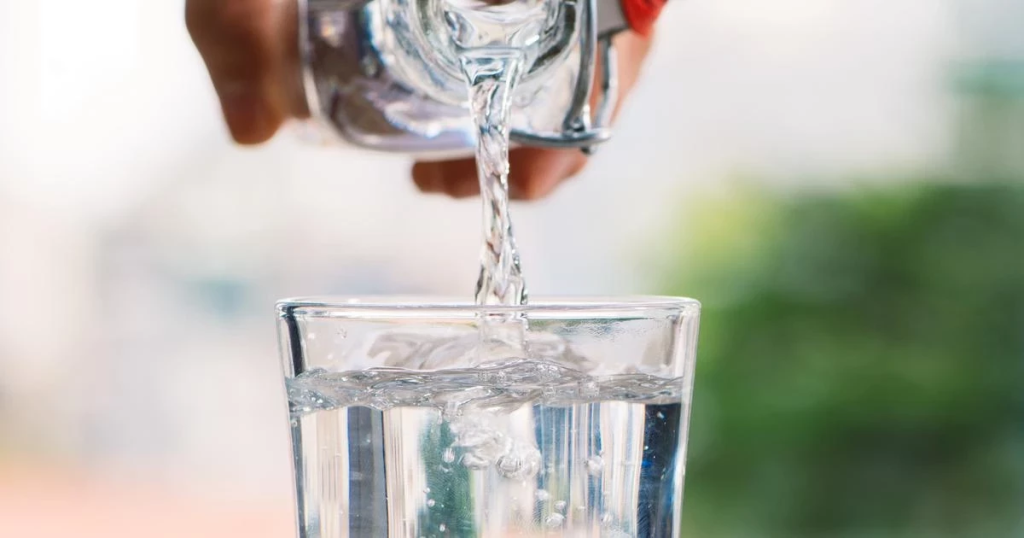Since centuries, intermittent fasting is used for religious purposes. In recent years, it has become very popular as a tool to lose weight. This dietary method allows for flexibility in terms of when and how you fast. It is easier for patients to stick with the diet when calorie restrictions are only required on fasting days. Fasting is a more effective way to lose weight than traditional diets, as patients feel less deprived and can still eat their favorite foods.
Intermittent fasting has been shown to be effective in weight loss, and as a treatment for insulin resistance. If done incorrectly, all types of fasting can be dangerous, even clean fasting. Fasting is not dangerous if you follow the guidelines below. Before beginning any fasting program, patients should ask to confirm that they are in good health.
Stay Hydrated

Dehydration can exacerbate fatigue in some patients. Twenty to thirty percent (or more) of the fluids consumed by most people come from water found in their food. It is therefore important to drink plenty of fluids on fasting days. On fasting days, patients should drink more fluids than on non-fasting day. Water is the best fluid, but herbal tea, coffee and calorie-free drinks also count. Patients who are on a modified diet such as the 5 to 2 diet may also want to add juices and smoothies into their fluid intake. Women should drink at least 2 liters on fasting day. Men should drink a minimum three liters.
Even if the patient has already consumed the daily recommended fluid intake, they should still drink fluids when they are thirsty. Keep track of the color of your urine to estimate hydration. If the urine is dark, it may be that more fluids are needed. A pale yellow or nearly clear urine is a sign that the patient has been adequately hydrated. Staying hydrated may help to reduce hunger and headaches during fasts.




